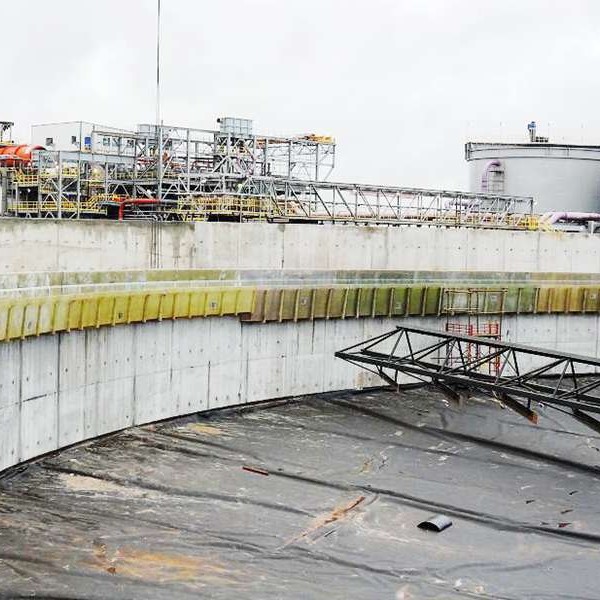
-
 Afrikaans
Afrikaans -
 Albanian
Albanian -
 Amharic
Amharic -
 Arabic
Arabic -
 Armenian
Armenian -
 Azerbaijani
Azerbaijani -
 Basque
Basque -
 Belarusian
Belarusian -
 Bengali
Bengali -
 Bosnian
Bosnian -
 Bulgarian
Bulgarian -
 Catalan
Catalan -
 Cebuano
Cebuano -
 China
China -
 China (Taiwan)
China (Taiwan) -
 Corsican
Corsican -
 Croatian
Croatian -
 Czech
Czech -
 Danish
Danish -
 Dutch
Dutch -
 English
English -
 Esperanto
Esperanto -
 Estonian
Estonian -
 Finnish
Finnish -
 French
French -
 Frisian
Frisian -
 Galician
Galician -
 Georgian
Georgian -
 German
German -
 Greek
Greek -
 Gujarati
Gujarati -
 Haitian Creole
Haitian Creole -
 hausa
hausa -
 hawaiian
hawaiian -
 Hebrew
Hebrew -
 Hindi
Hindi -
 Miao
Miao -
 Hungarian
Hungarian -
 Icelandic
Icelandic -
 igbo
igbo -
 Indonesian
Indonesian -
 irish
irish -
 Italian
Italian -
 Japanese
Japanese -
 Javanese
Javanese -
 Kannada
Kannada -
 kazakh
kazakh -
 Khmer
Khmer -
 Rwandese
Rwandese -
 Korean
Korean -
 Kurdish
Kurdish -
 Kyrgyz
Kyrgyz -
 Lao
Lao -
 Latin
Latin -
 Latvian
Latvian -
 Lithuanian
Lithuanian -
 Luxembourgish
Luxembourgish -
 Macedonian
Macedonian -
 Malgashi
Malgashi -
 Malay
Malay -
 Malayalam
Malayalam -
 Maltese
Maltese -
 Maori
Maori -
 Marathi
Marathi -
 Mongolian
Mongolian -
 Myanmar
Myanmar -
 Nepali
Nepali -
 Norwegian
Norwegian -
 Norwegian
Norwegian -
 Occitan
Occitan -
 Pashto
Pashto -
 Persian
Persian -
 Polish
Polish -
 Portuguese
Portuguese -
 Punjabi
Punjabi -
 Romanian
Romanian -
 Russian
Russian -
 Samoan
Samoan -
 Scottish Gaelic
Scottish Gaelic -
 Serbian
Serbian -
 Sesotho
Sesotho -
 Shona
Shona -
 Sindhi
Sindhi -
 Sinhala
Sinhala -
 Slovak
Slovak -
 Slovenian
Slovenian -
 Somali
Somali -
 Spanish
Spanish -
 Sundanese
Sundanese -
 Swahili
Swahili -
 Swedish
Swedish -
 Tagalog
Tagalog -
 Tajik
Tajik -
 Tamil
Tamil -
 Tatar
Tatar -
 Telugu
Telugu -
 Thai
Thai -
 Turkish
Turkish -
 Turkmen
Turkmen -
 Ukrainian
Ukrainian -
 Urdu
Urdu -
 Uighur
Uighur -
 Uzbek
Uzbek -
 Vietnamese
Vietnamese -
 Welsh
Welsh -
 Bantu
Bantu -
 Yiddish
Yiddish -
 Yoruba
Yoruba -
 Zulu
Zulu
frp chimney
Understanding FRP Chimneys Strength, Durability, and Applications
Fiber Reinforced Polymer (FRP) chimneys have emerged as a revolutionary solution in the construction and industrial sectors. With an increasing emphasis on durability, efficiency, and sustainability, FRP chimneys are becoming a preferred choice over traditional materials like concrete and steel. This article delves into the features, benefits, and applications of FRP chimneys, highlighting their significance in modern construction.
What is FRP?
Fiber Reinforced Polymer is a composite material made from a polymer matrix reinforced with fibers, typically glass or carbon. This combination provides exceptional strength-to-weight ratios, corrosion resistance, and flexibility, making it ideal for various demanding applications, including chimney construction. FRP is also lightweight compared to traditional chimney materials, which allows for easier handling and installation.
Key Features of FRP Chimneys
1. Corrosion Resistance One of the most significant advantages of FRP chimneys is their resistance to corrosion. Traditional materials, such as concrete and steel, are susceptible to environmental factors and chemical exposure, which can lead to deterioration over time. FRP chimneys, on the other hand, maintain their integrity even in harsh environments, ensuring a longer lifespan.
2. Lightweight The lightweight nature of FRP enables quicker and more cost-effective installation. Construction teams can work faster with less heavy equipment, reducing labor costs and project timelines significantly. This characteristic also allows for the construction of taller chimneys without the need for extensive structural support.
3. Design Flexibility FRP materials offer greater design flexibility, allowing for intricate shapes and sizes that can meet specific architectural and engineering requirements. This adaptability is particularly beneficial for modern infrastructures that require customized solutions.
4. Thermal Insulation FRP chimneys provide excellent thermal insulation properties. They help in maintaining the internal temperature of the flue gases, promoting efficient operation and reducing energy consumption. This thermal efficiency can contribute to lower operational costs in industrial applications.
frp chimney

5. Low Maintenance Due to their resistance to corrosion and degradation, FRP chimneys require minimal maintenance compared to conventional chimney materials. This factor not only lowers lifecycle costs but also enhances operational efficiency.
Applications of FRP Chimneys
FRP chimneys find applications across various industries due to their numerous advantages
1. Industrial Plants Many industrial facilities use FRP chimneys for exhaust systems due to their effectiveness in handling corrosive gases and high temperatures. These chimneys ensure safe and efficient evacuation of flue gases.
2. Power Plants In coal-fired or thermal power plants, FRP chimneys play a crucial role in emissions control, reducing the environmental impact of operations. Their robustness ensures compliance with stringent environmental regulations.
3. Chemical Processing Units The chemical industry often requires systems that can withstand harsh chemical environments. FRP chimneys provide an ideal solution for these applications, ensuring longevity and performance.
4. Wastewater Treatment Facilities In wastewater treatment plants, where corrosive gases may be present, FRP chimneys offer a safe and effective way to manage emissions, protecting both the environment and the infrastructure.
Conclusion
FRP chimneys represent the future of chimney construction, providing solutions that align with the growing need for durability and efficiency in the industry. Their corrosion resistance, lightweight nature, design flexibility, and low maintenance requirements position them as a leading choice among engineers and architects. As industries continue to evolve and focus on sustainable practices, FRP chimneys are sure to play a crucial role in shaping modern infrastructure.









